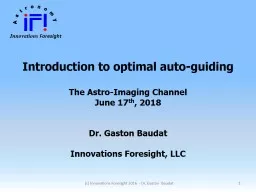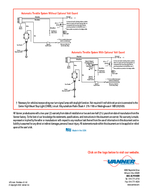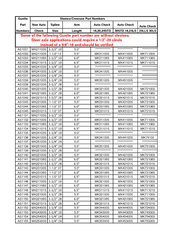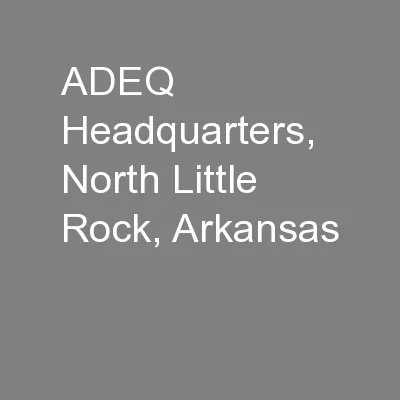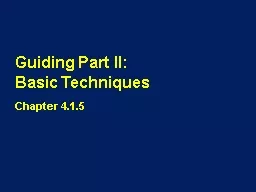PPT-Introduction to optimal auto-guiding
Author : aaron | Published Date : 2018-11-01
The AstroImaging Channel June 17 th 2018 Dr Gaston Baudat Innovations Foresight LLC 1 c Innovations Foresight 2016 Dr Gaston Baudat Why autoguiding 2 c Innovations
Presentation Embed Code
Download Presentation
Download Presentation The PPT/PDF document "Introduction to optimal auto-guiding" is the property of its rightful owner. Permission is granted to download and print the materials on this website for personal, non-commercial use only, and to display it on your personal computer provided you do not modify the materials and that you retain all copyright notices contained in the materials. By downloading content from our website, you accept the terms of this agreement.
Introduction to optimal auto-guiding: Transcript
Download Rules Of Document
"Introduction to optimal auto-guiding"The content belongs to its owner. You may download and print it for personal use, without modification, and keep all copyright notices. By downloading, you agree to these terms.
Related Documents

